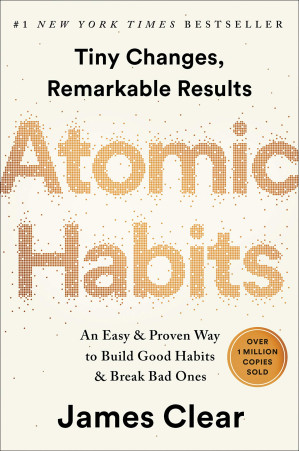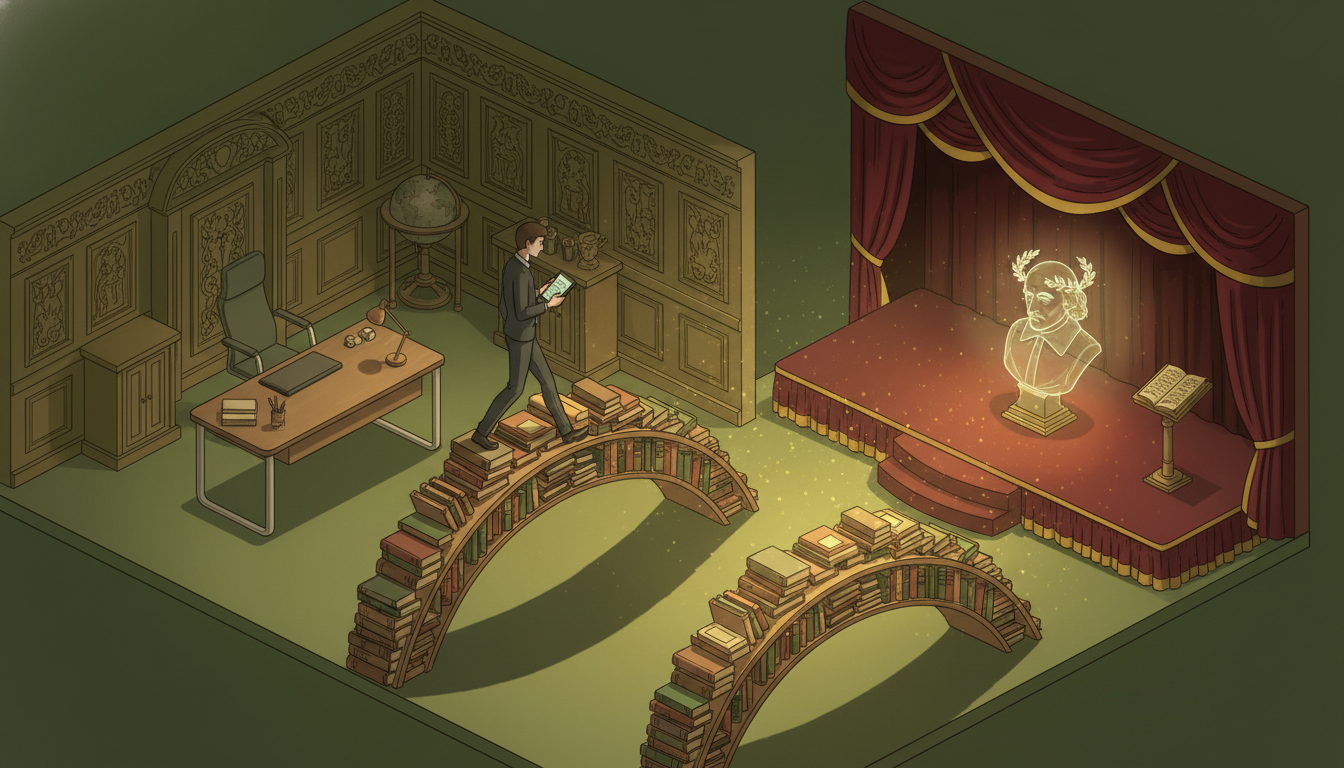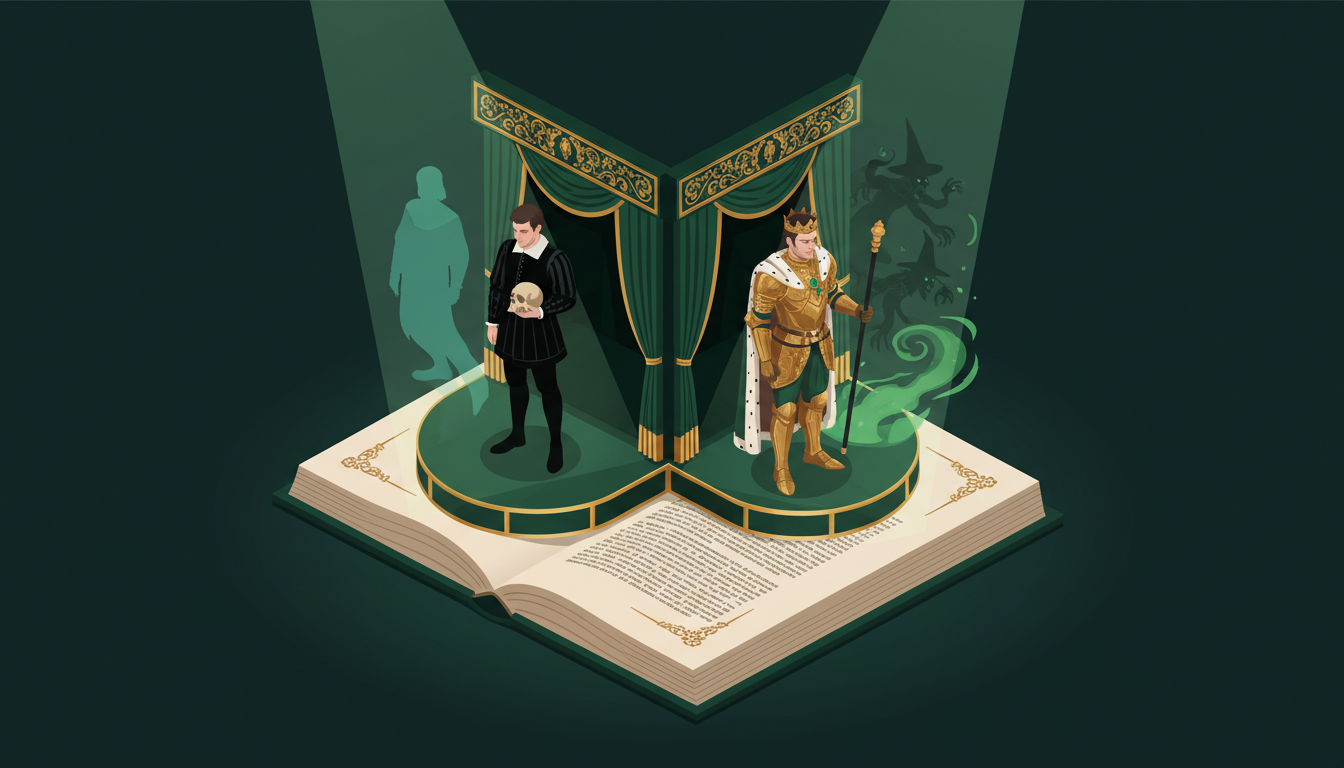🎯 Build your Morrison starter stack with AI-powered support.
Read The Bluest Eye, Sula, Song of Solomon, Love, Tar Baby, Paradise, and Beloved for FREE on Readever – pre-reading conversations, annotations, and synced highlights included.
In 2025, curiosity about Toni Morrison is surging. New scholarship, university symposia, and children’s biographies are reframing her legacy for the next generation, while readers old and new are asking the same question: where should I start? This guide maps Morrison’s gateway novels, explains why her fiction still electrifies the literary conversation, and gives you a confident path into her canon.
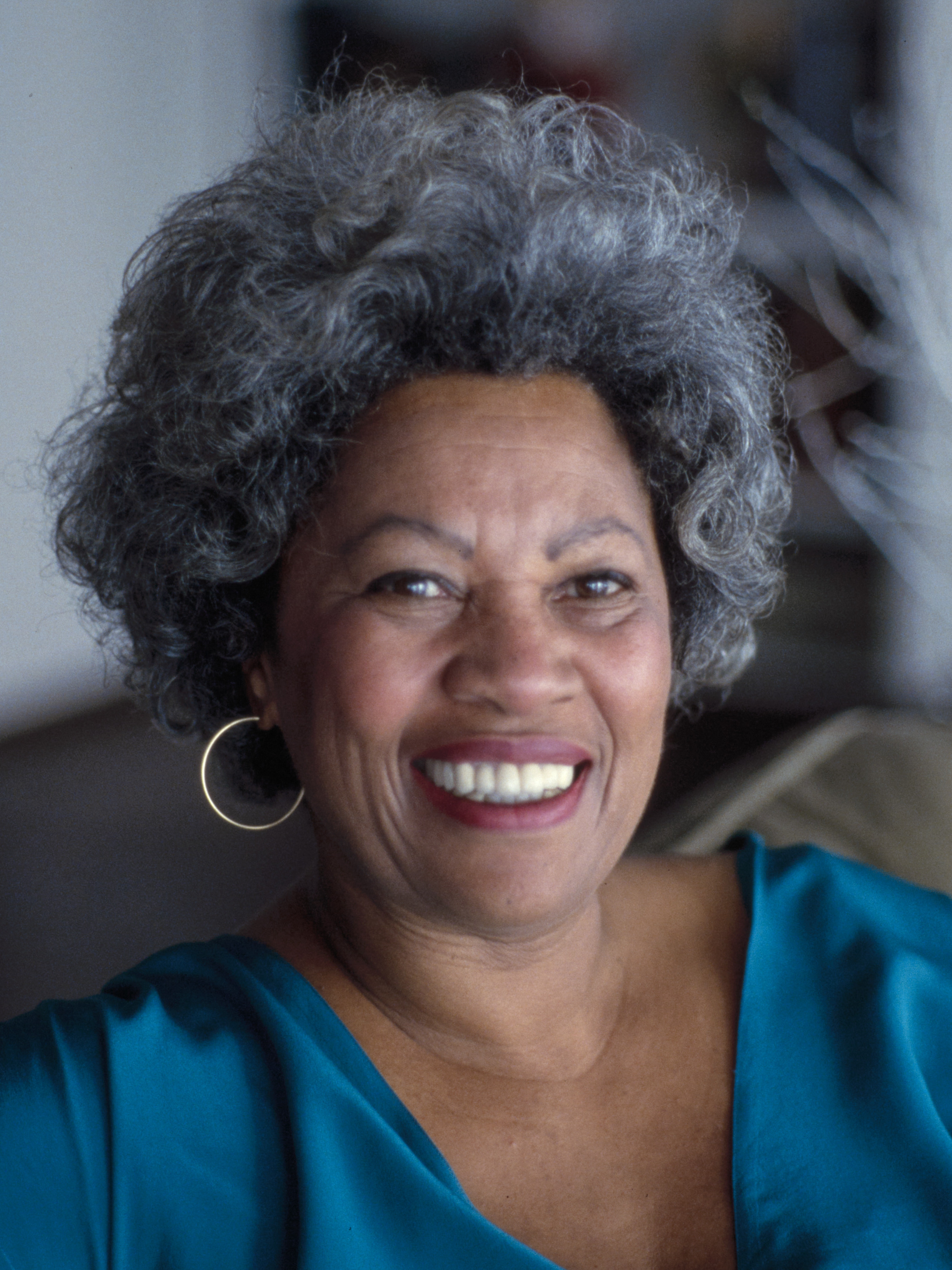
Why Read Toni Morrison in 2025?
Toni Morrison reshaped American literature by centering the interior lives of Black people—especially Black women—and by writing without the “white gaze” as a mandatory mediator. Across eleven novels, she fused poetic prose, mythic imagination, and forensic historical insight to interrogate the legacies of slavery, the architecture of memory, and the search for identity. Her influence extends beyond her own books: as a senior editor at Random House, she championed Angela Davis, Toni Cade Bambara, Gayl Jones, and Muhammad Ali, helping to build the very Black literary tradition her novels inhabit.
This year’s calendar underscores her continued relevance:
- March 2025: Susan Neal Mayberry publishes The Critical Life of Toni Morrison, the first book-length study tracing Morrison’s reception across every genre she touched.
- September 2025: Cornell University hosts “Toni Morrison: Literature and Public Life,” a four-day symposium marking the 70th anniversary of her master’s degree.
- January 2025: And She Was Loved: Toni Morrison’s Life in Stories introduces her legacy to younger readers through picture-book storytelling.
- 2026 preview: Novelist Namwali Serpell’s forthcoming On Morrison promises a dialogue between two major Black women writers about art, politics, and imagination.
When you start reading Morrison in 2025, you’re stepping into a live conversation—one that spans classrooms, book clubs, archives, and cultural institutions.
The Three Primary Portals
Morrison’s eleven novels form a cohesive architecture, but three titles repeatedly emerge as the most welcoming entry points. Together they introduce her thematic preoccupations, stylistic signatures, and escalating narrative complexity.
The Bluest Eye (1970): The Foundational Text
- Plot & focus: Set in Lorain, Ohio, in 1941, the novel follows Pecola Breedlove, a young Black girl who prays for blue eyes as protection against the contempt she faces at home, at school, and in popular culture. The story confronts internalized racism, Eurocentric beauty standards, and the community’s failure to shield its most vulnerable members.
- Structure & style: A polyphonic design mixes Claudia MacTeer’s fierce first-person recollections with an omniscient narrator who excavates the generational trauma of Pecola’s parents. The now-iconic “Dick and Jane” primers frame each section, exposing the gap between idealized white domestic bliss and Pecola’s reality.
- Why start here: The Bluest Eye is emotionally intense yet structurally approachable. It acquaints you with Morrison’s lyrical prose, her moral clarity, and her ability to link individual pain to systemic forces—skills you’ll need for every novel that follows.
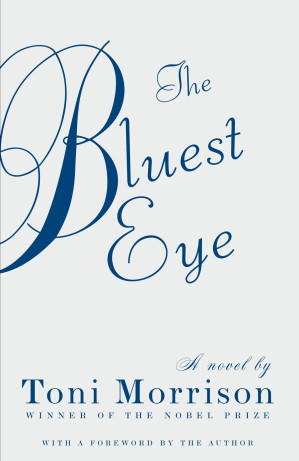
Sula (1973): Friendship, Freedom, and Otherness
- Plot & focus: In the Ohio community known as the Bottom, Nel Wright and Sula Peace forge an unbreakable childhood bond—until adulthood tests their definitions of respectability, loyalty, and selfhood. Nel embraces convention; Sula chooses radical freedom, scandalizing the town by breaking every social and sexual rule.
- Structure & style: Episodic chapters anchored to specific years (1919–1965) create a mosaic of memory, lore, and gossip. Symbolism—the plague of robins that greets Sula’s return, the annual “National Suicide Day” decreed by veteran Shadrack—infuses the realist setting with mythic weight.
- Why start here: Sula is compact, propulsive, and devastating. It showcases Morrison’s lush language and moral ambiguity while offering a gripping character study. Many readers fall in love with her work here before tackling more structurally demanding novels.
Song of Solomon (1977): The Mythic Quest
- Plot & focus: Milkman Dead III begins as a complacent, emotionally insulated young man in Michigan. A hunt for stolen gold sends him south, where he discovers the story of his great-grandfather Solomon, an enslaved ancestor rumored to have flown back to Africa. The journey transforms into a quest for heritage, purpose, and communal belonging.
- Structure & style: The novel blends epic road narrative, African American folklore, and magical realism. Pilate Dead, Milkman’s aunt, functions as a spiritual guide, while the recurring motif of flight links personal liberation to ancestral resilience.
- Why start here: Song of Solomon is the first novel to display Morrison’s full orchestral range—oral history, myth-making, and multi-generational storytelling. It’s the ideal portal for readers who crave sweeping sagas and cultural archeology.
🎯 Want scene-by-scene coaching while you read?
Launch The Bluest Eye, Sula, and Song of Solomon with Readever’s guided annotations and let the AI companion recap, quiz, and connect themes automatically.
Choose Your Morrison Pathway
Different readers value different on-ramps. Use these pathways to match Morrison’s canon to your preferences:
- Chronological Scholar: The Bluest Eye → Sula → Song of Solomon
Track Morrison’s expanding scope and stylistic daring in order of publication, then proceed confidently to Beloved. - Character-Driven Empath: Sula → The Bluest Eye → Love
Prioritize intimate psychological portraits and the dynamics of friendship, family, and betrayal. - Lover of Myth and Epic: Song of Solomon → Tar Baby → Paradise
Follow Morrison’s myth-making impulse through folklore-infused romances, island fables, and utopian experiments.
If you’re building a wider Black literary syllabus, layer these pathways with the Afrofuturist blueprint in Where to Start with Octavia Butler in 2025 and the skills-first approach inside From Fear to Fluency.
Whichever route you choose, the key is gradual acclimatization. Each stop builds the interpretive muscles required for the heights ahead.
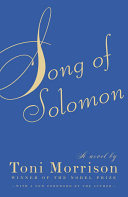
Preparing for Beloved: The Summit
Published in 1987, Beloved remains Morrison’s magnum opus—a Pulitzer-winning ghost story rooted in the historical trauma of Margaret Garner, an enslaved mother who killed her daughter rather than see her re-enslaved. Morrison deliberately fragments time, memory, and perspective so the reader feels the disorientation of captivity and its aftershocks. The novel’s “rememory” sequences blur past and present; the prose slips into stream-of-consciousness choruses; the supernatural embodies trauma itself.
Why not start here? Because Beloved demands interpretive stamina. The earlier novels teach you how Morrison handles nonlinear structure (Sula), mythic imagination (Song of Solomon), and the raw psychology of trauma (The Bluest Eye). Treat Beloved as the summit you approach after those preparatory climbs.
Reading Morrison with Support
- Active strategies: Keep a character map, mark recurring images (eyes, birds, colors), and pause after each time jump to note what shifted.
- Community: Discuss scenes with reading partners or online forums; explaining Morrison out loud is one of the fastest ways to lock in comprehension.
- Technology: Readever’s AI assistant generates contextual notes, translation of idioms, and memory prompts, making it easier to revisit critical passages without losing momentum.
🎯 Stay accountable through the whole canon.
Save your Morrison queue in Readever and let the AI companion nudge you forward.
Join the 2025 Morrison Conversation
This year’s critical milestones mean you’re not reading Morrison in isolation—you’re joining a vibrant, evolving discourse. Attend a symposium stream, pick up the new critical works, or share insights with your reading community. Morrison’s novels demand empathy, attention, and courage, but the payoff is profound: she offers not just stories, but frameworks for understanding history, healing, and the imaginative possibilities of Black life.
Start with the portal that resonates, lean on the tools that keep you engaged, and let Morrison’s fiction change how you see the world.

